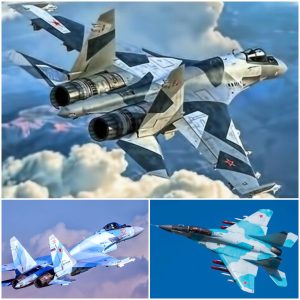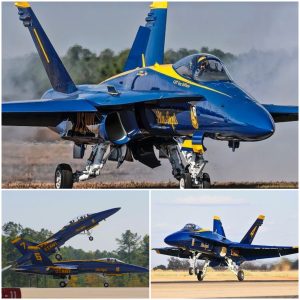First introduced in the early 1970s, the F-14 Tomcat was designed to serve as a versatile fleet defense interceptor for the United States Navy. Equipped with advanced radar systems and long-range missiles, it was intended to counter threats from enemy aircraft and missiles. However, as technology advanced and military tactics evolved, the F-14 began to show signs of obsolescence.
One of the primary criticisms leveled against the F-14 Tomcat is its outdated avionics and electronics systems. Compared to more modern fighter jets, such as the F/A-18 Hornet, the F-14’s avionics suite is considered cumbersome and less effective in a modern aerial combat environment. The reliance on analog systems, coupled with the lack of compatibility with newer weapons and sensors, has limited the F-14’s effectiveness in contemporary warfare scenarios.

Additionally, the F-14’s complex variable-sweep wing design, while revolutionary at the time of its inception, has posed maintenance challenges and performance limitations. The variable geometry wings were intended to optimize performance at both low and high speeds, allowing the aircraft to excel in various flight regimes. However, in practice, the complexity of the wing mechanism has led to increased maintenance requirements and reduced reliability, ultimately impacting the F-14’s operational readiness.
Furthermore, the F-14’s propulsion system, powered by twin turbofan engines, has been criticized for its fuel inefficiency and limited range compared to newer engine technologies. In an era where aerial refueling capabilities and endurance are crucial factors in mission success, the F-14’s relatively short range has posed logistical challenges for naval operations, particularly during extended deployments.

Despite its shortcomings, it’s essential to acknowledge the F-14 Tomcat’s contributions to military aviation history. Throughout its service life, the F-14 played a significant role in defending American interests around the world and participated in numerous combat operations, including the Gulf War and Operation Enduring Freedom.
In conclusion, while the F-14 Tomcat may have earned a reputation as a poorly performing aircraft in contemporary contexts, its legacy as an iconic symbol of naval aviation remains undeniable. As military technology continues to advance, the lessons learned from the F-14’s strengths and weaknesses will undoubtedly shape the future of aerial warfare.






